David Bowie’s favourite pocket synth at 50: a space-age musical moment lives on

The year before David Bowie’s Space Oddity (1968) swept the galaxy, British engineer Brian Jarvis was trying to mend his niece’s piano. One circuit board and a stylus later, the unique monophonic organ was born, better known as the Stylophone. It was a hit.
‘Stylophone is the only instrument I take on holiday to compose on,’ said the late David Bowie in 2003. He famously first used the pocket synth on Space Oddity, which sparked a space-age tinged musical moment. ‘I watched David play with the Stylophone – something was cooking in his brain while he played with it,’ explains Tony Visconti, producer of Space Oddity. ‘It was a curious instrument that all rock musicians wanted to get their hands on. David immediately realised the potential of its unusual voice. It was the beginning of synth.’
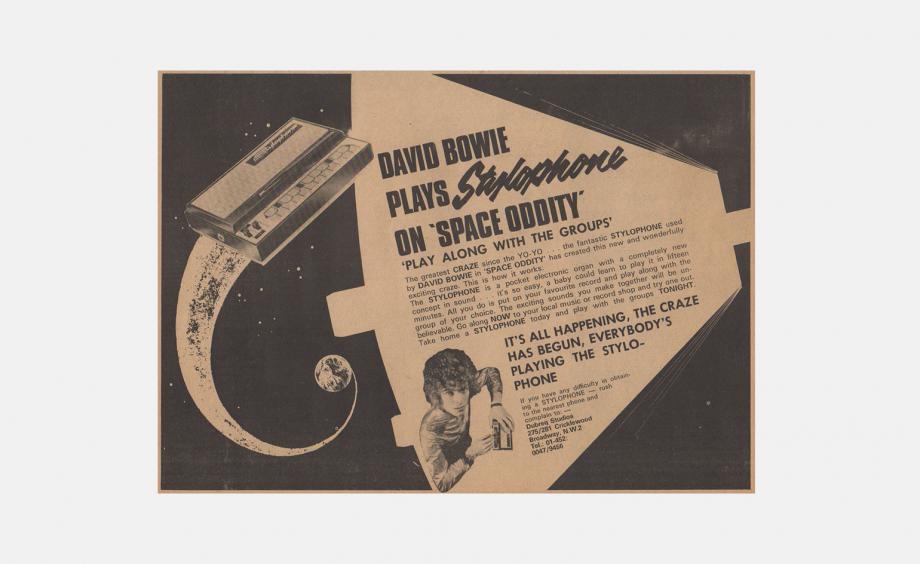
Example of the original Stylophone branding and promotional materials, 1968
Since, the Stylophone has held a particular fascination for musicians and producers: Visconti used the instrument with Sparks on their 1975 album Indiscreet; Kraftwerk featured it in the single Pocket Calculator (1981); while Pulp, Manic Street Preachers, White Stripes, Belle & Sebastian, Kid Koala and Raconteurs are among the headliners to make use of the miniature analogue stylus-operated keyboard.
This year, Stylophone turns 50, and is celebrating with a complete re-brand, orchestrated by cult illustrator Mel Elliott of I Love Mel. ‘I loved Stylophone as a child and so this was a fun project for me,’ he explains. ‘However, it was difficult as there are many audiences to try and please. There’s the fortysomethings like me who have fond memories and want one for themselves, then there’s the child and teen “toy” market, but there is also the professional musician who may use a Stylophone on-stage, or sample and record from it.’
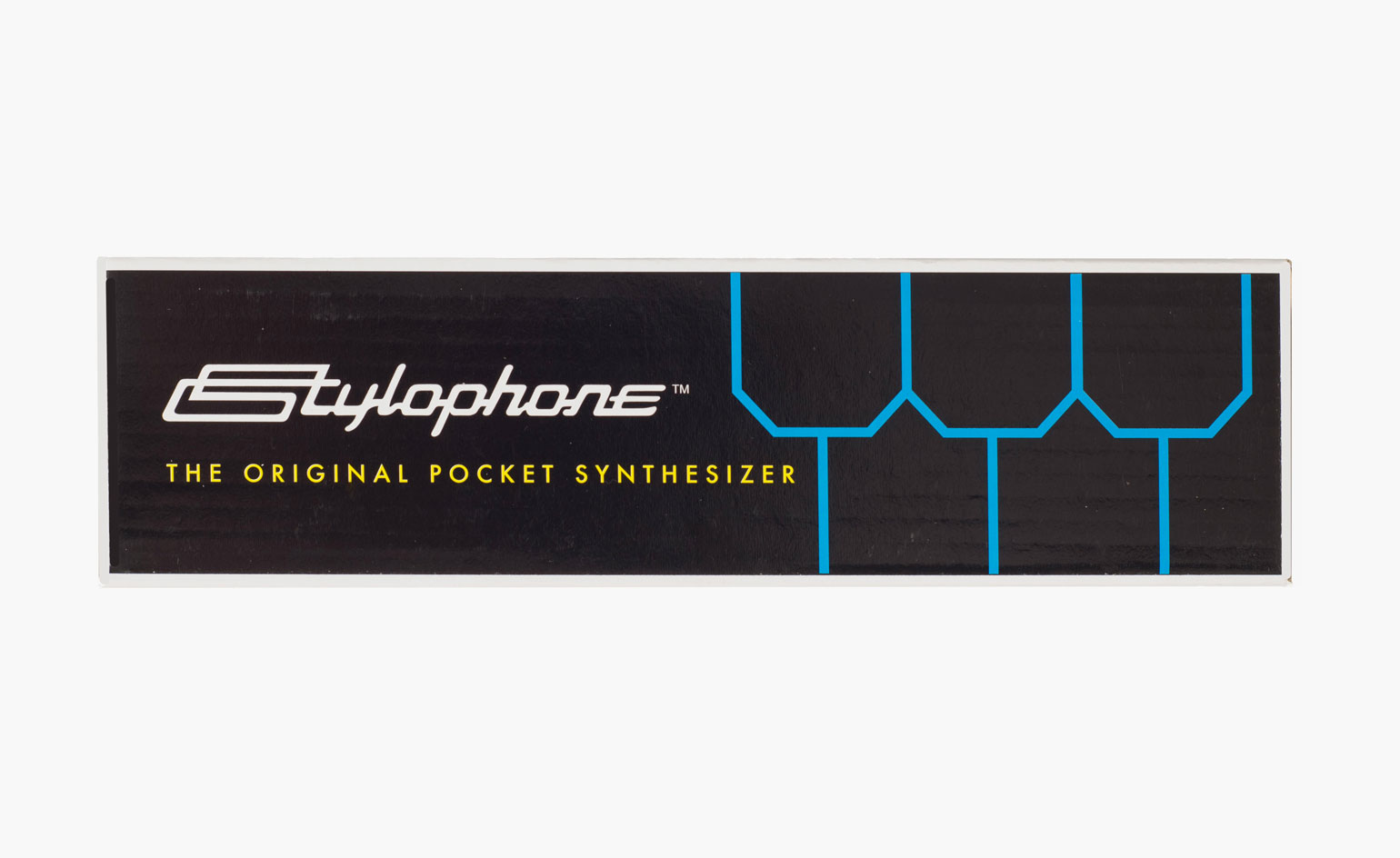
The new Stylophone branding, 2018
Elliott decided that the retro element was crucial. After all, the tech world is currently torn by a desire to jump headfirst into the future, and an acute, Stranger Things-esque nostalgia, where vinyl is no longer obsolete and a watch without smart features is a novelty. Losing the throwback aesthetic would be to misread the moment. So Elliot opted for a classic CMYK colour palette, and a very simple graphic that is symbolic of vinyl, cassette and score. It could have been made contemporaneously to the original Stylophone, and respects its heritage and legacy.
At the same time, the re-brand looks to the future. Recently, new products have joined the Stylophone family, including the GenX-1, which offers more contemporary synth options for serious musicians. Producers using this model include Steve Levine, Steve Albini and Joe Chiccarelli. Whats more, its inclusion in the 2017 film Baby Driver gave Stylophone an extra push into the collective consciousness – not that it really needed one. With four million units sold worldwide, we’re pretty sure Stylophone is here to stay.
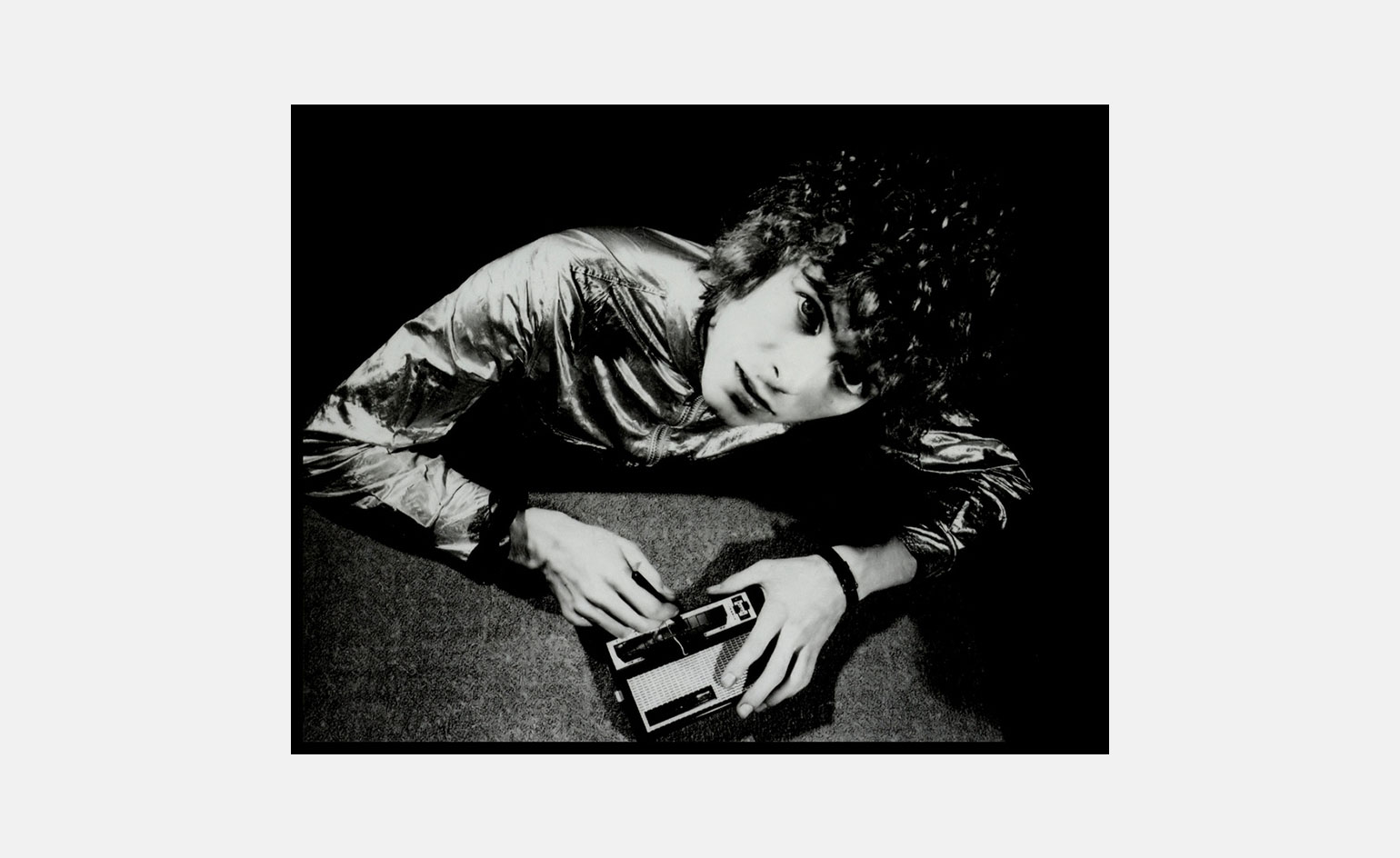
David Bowie with his Stylophone, 1968
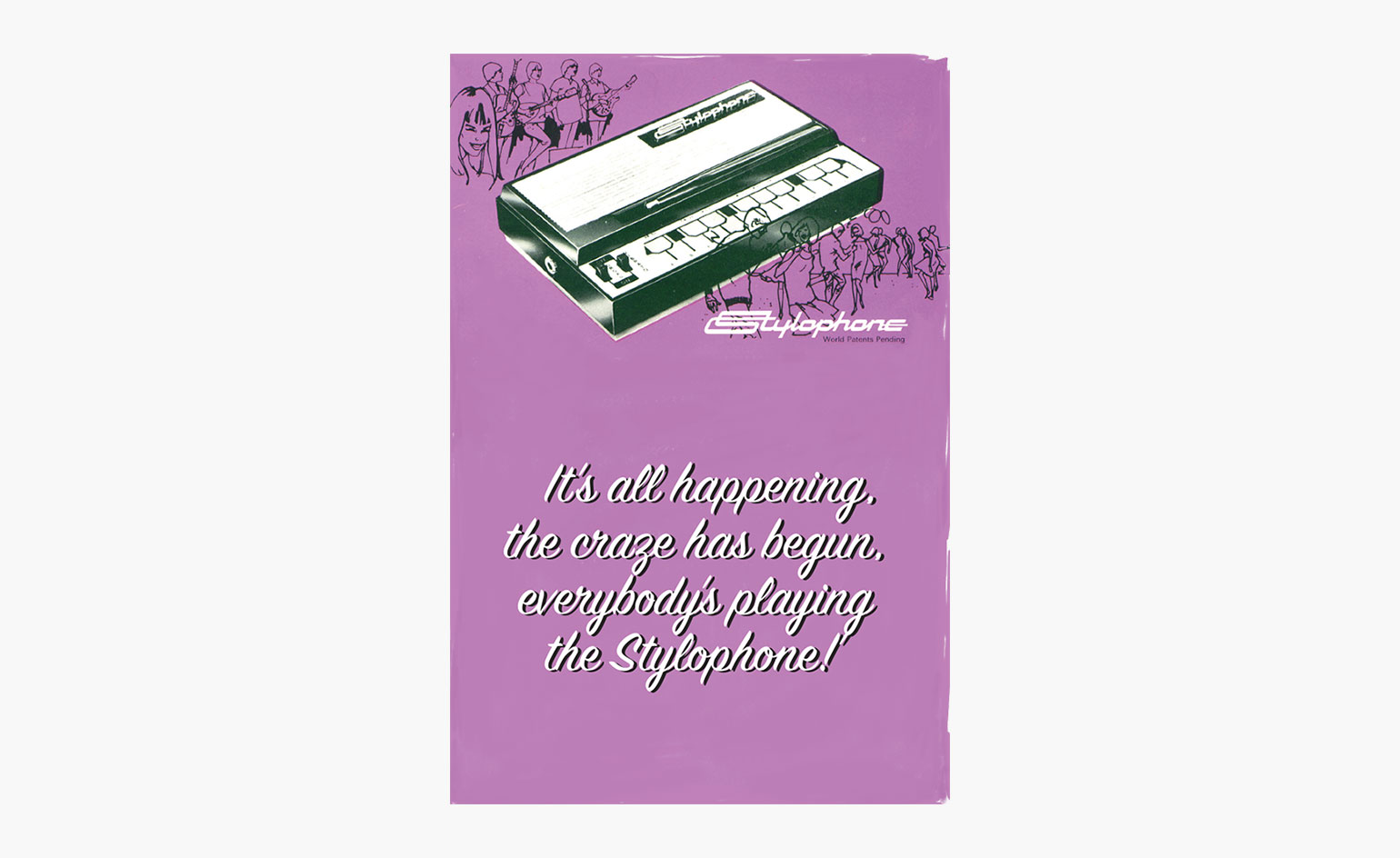
An original poster for Stylophone
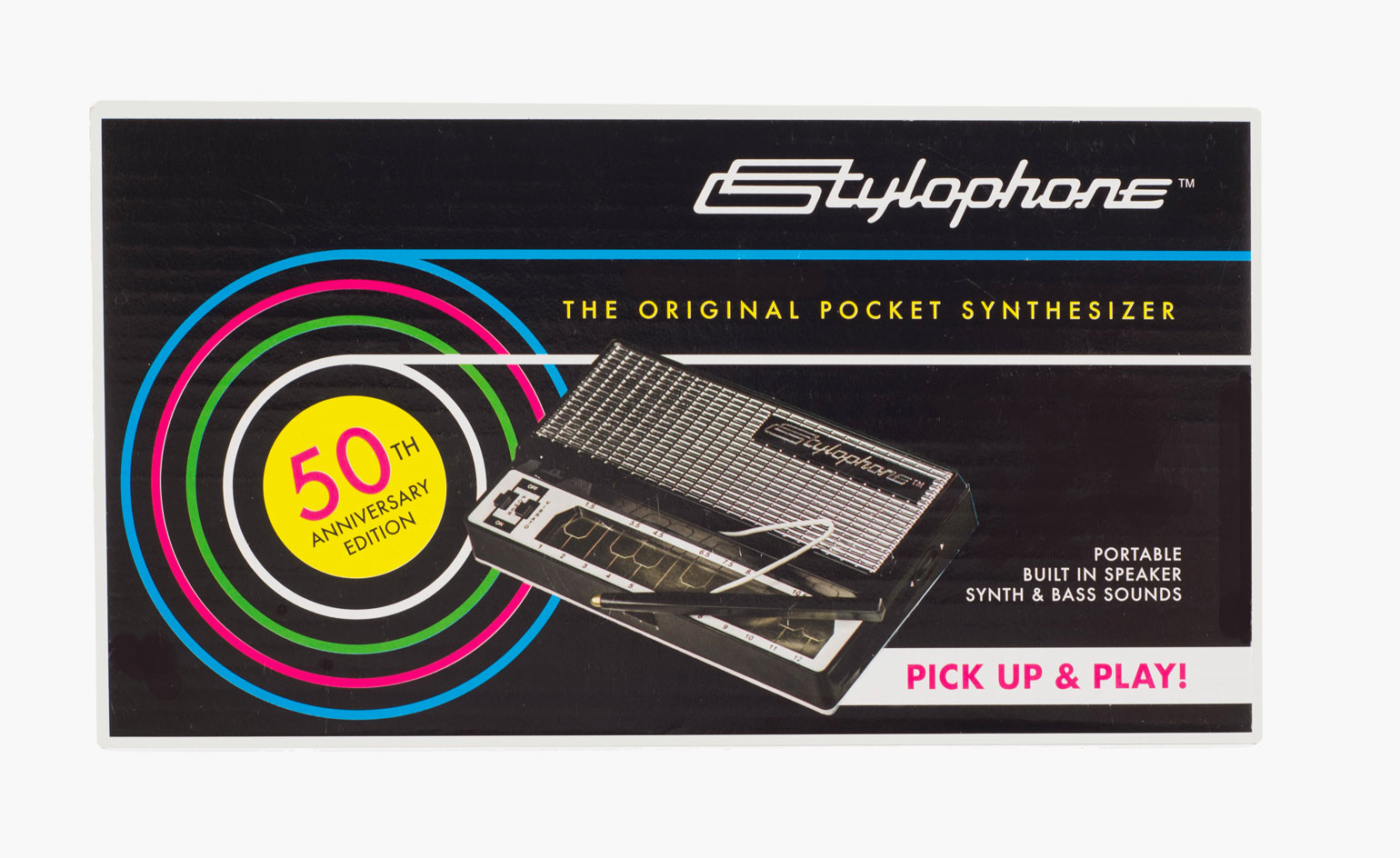
New Stylophone branding, by Mel Elliot, 2018

Kraftwerk used a Stylophone on its 1981 classic, Pocket Calculator
INFORMATION
For more information, visit the Stylophone website
Receive our daily digest of inspiration, escapism and design stories from around the world direct to your inbox.
Elly Parsons is the Digital Editor of Wallpaper*, where she oversees Wallpaper.com and its social platforms. She has been with the brand since 2015 in various roles, spending time as digital writer – specialising in art, technology and contemporary culture – and as deputy digital editor. She was shortlisted for a PPA Award in 2017, has written extensively for many publications, and has contributed to three books. She is a guest lecturer in digital journalism at Goldsmiths University, London, where she also holds a masters degree in creative writing. Now, her main areas of expertise include content strategy, audience engagement, and social media.
-
 Terrified to get inked? This inviting Brooklyn tattoo parlour is for people who are 'a little bit nervous'
Terrified to get inked? This inviting Brooklyn tattoo parlour is for people who are 'a little bit nervous'With minty-green walls and an option to 'call mom', Tiny Zaps' Williamsburg location was designed to tame jitters
-
 Let’s hear it for the Chopard L.U.C Grand Strike chiming watch
Let’s hear it for the Chopard L.U.C Grand Strike chiming watchThe Swiss watchmaker’s most complicated timepiece to date features an innovative approach to producing a crystal-clear sound
-
 Form... and flavour? The best design-led restaurant debuts of 2025
Form... and flavour? The best design-led restaurant debuts of 2025A Wallpaper* edit of the restaurant interiors that shaped how we ate, gathered and lingered this year
-
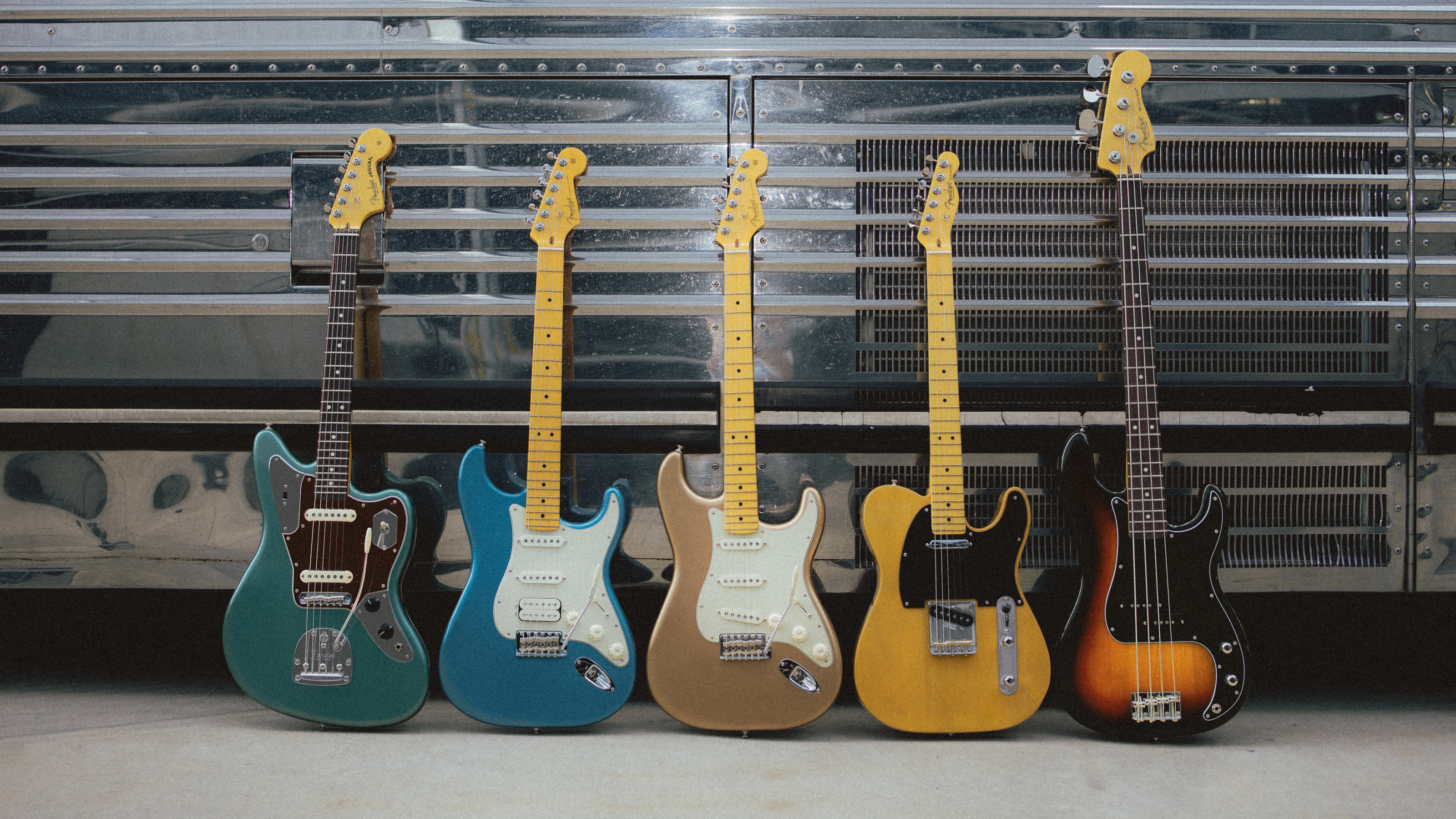 Fender American Professional Classic models are the pinnacle of the guitar maker’s craft
Fender American Professional Classic models are the pinnacle of the guitar maker’s craftWe visit Fender’s California factory to see the latest American Professional Classic models take shape
-
 The Fender American Ultra II combine made-in-the-US quality with contemporary tech
The Fender American Ultra II combine made-in-the-US quality with contemporary techA deluge of new products from Fender shows the iconic guitar manufacturer still knows how to innovate and entice
-
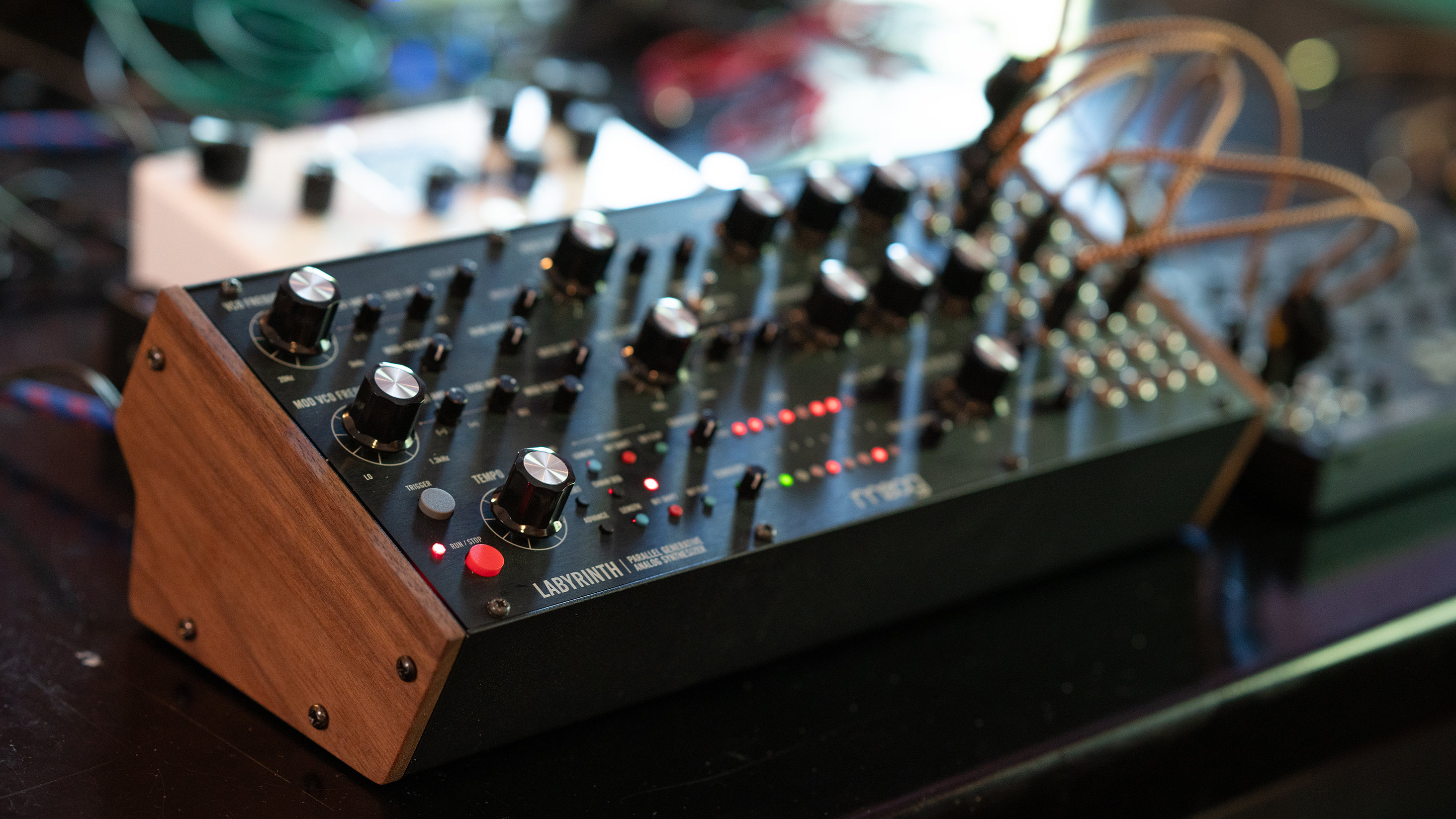 Moog’s mood-altering Labyrinth and five more new synthesizers and sound tools
Moog’s mood-altering Labyrinth and five more new synthesizers and sound toolsExplore soundscapes and ambient realms with these new synthesizers and other desktop composition tools for shaping all forms of audio
-
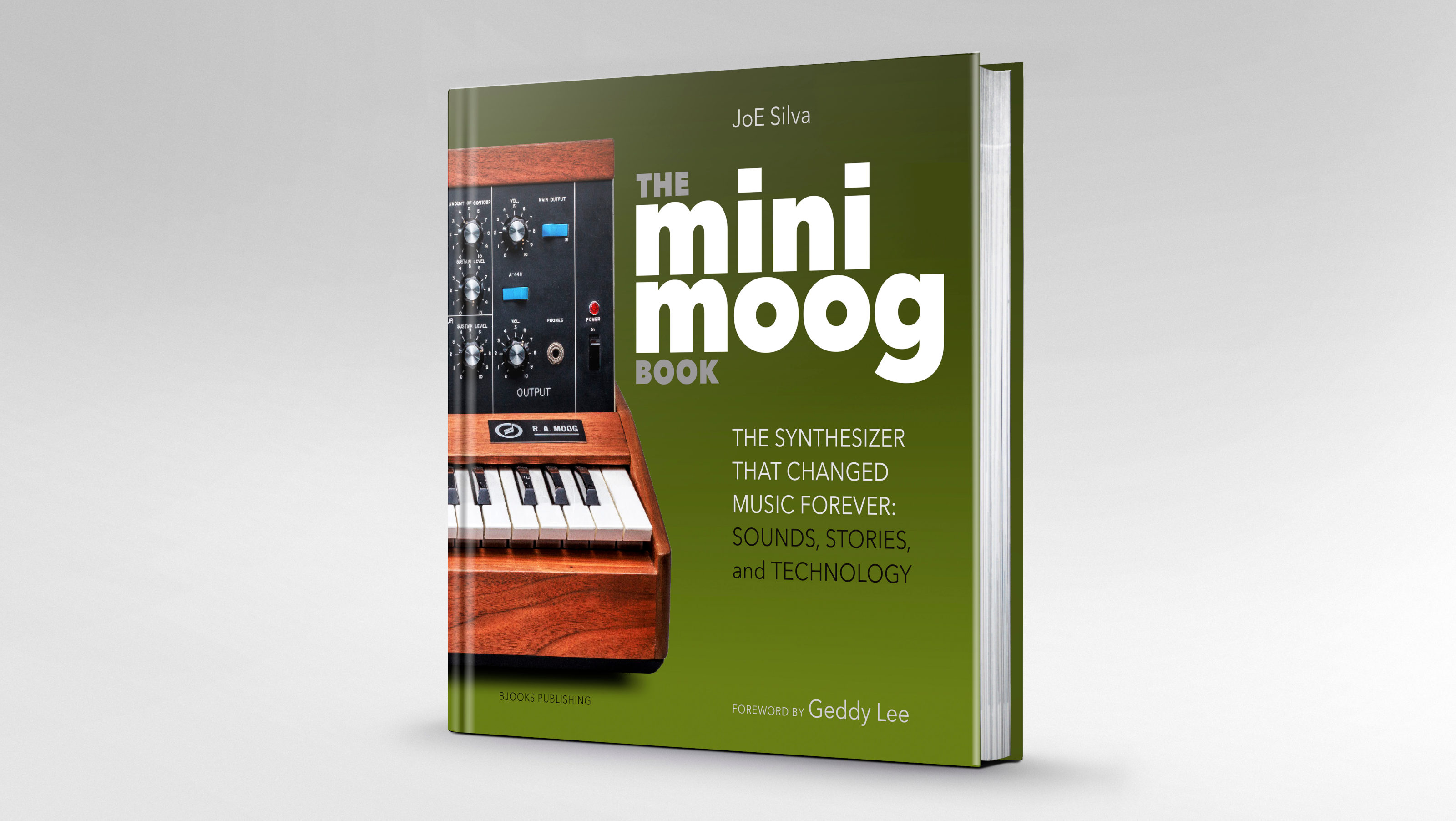 From Tangerine Dream to cult PlayStation hits, eight books chronicling the art of noise and play
From Tangerine Dream to cult PlayStation hits, eight books chronicling the art of noise and playWe explore eight titles that get under the skin of music history, technological evolution and the art and experience of digital culture
-
 San Diego-based audio specialists Wrensilva update their elegant Record Consoles
San Diego-based audio specialists Wrensilva update their elegant Record ConsolesWith new materials, upgraded electronics and input from three industry greats, the new Wrensilva Standard and M1 Record Consoles are the ultimate in audiophile furniture
-
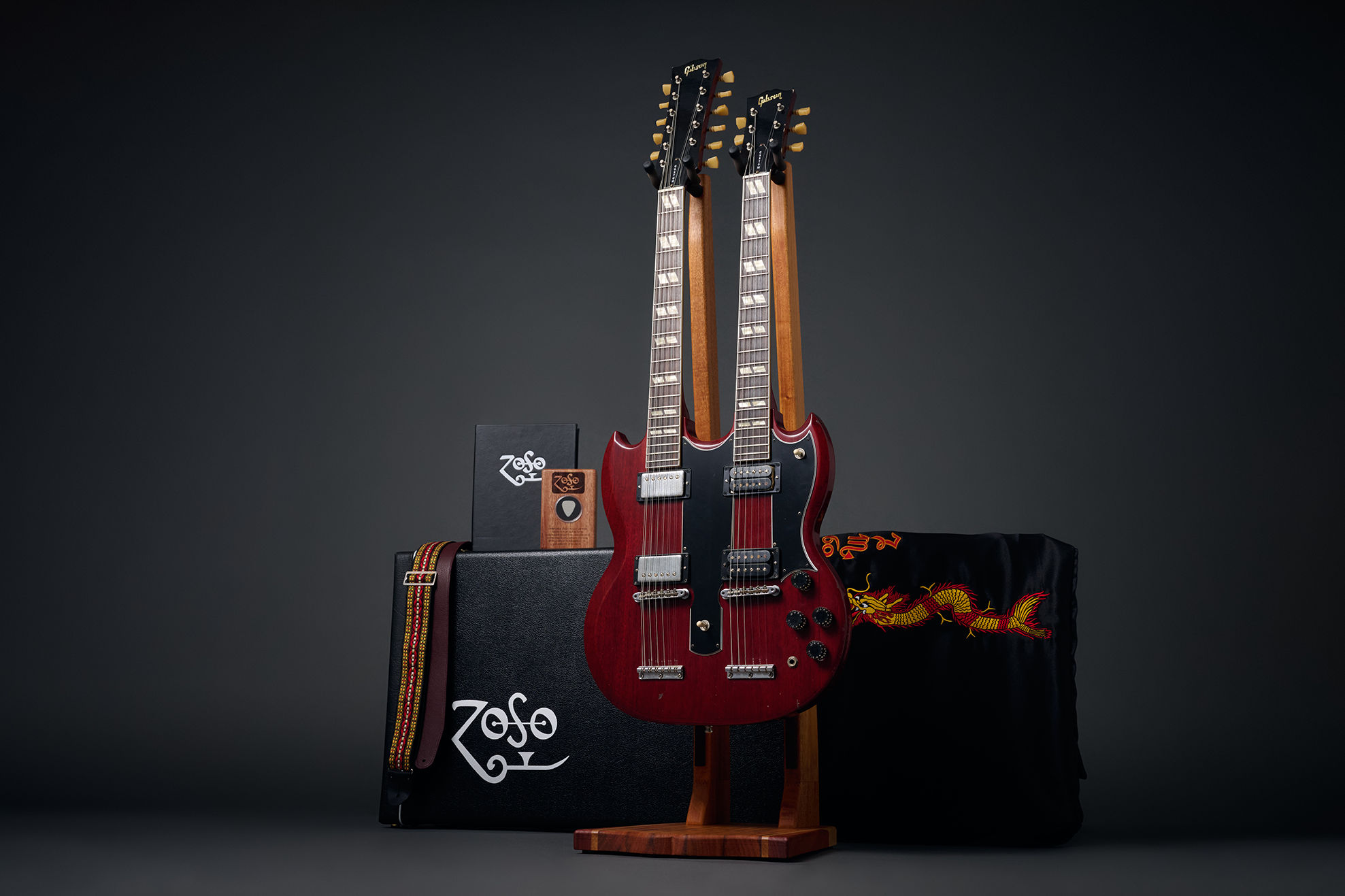 A new limited-edition Rhodes piano and Gibson doubleneck guitar aim for the stars
A new limited-edition Rhodes piano and Gibson doubleneck guitar aim for the starsThe new Rhodes Mk8 Earth Edition piano and Gibson Jimmy Page EDS-1275 Doubleneck guitar revisit classic instruments at a price
-
 20 of the best CD players as the compact disc comeback continues
20 of the best CD players as the compact disc comeback continuesWe expand our guide to the best compact disc players with a fresh selection of good looking and great sounding models
-
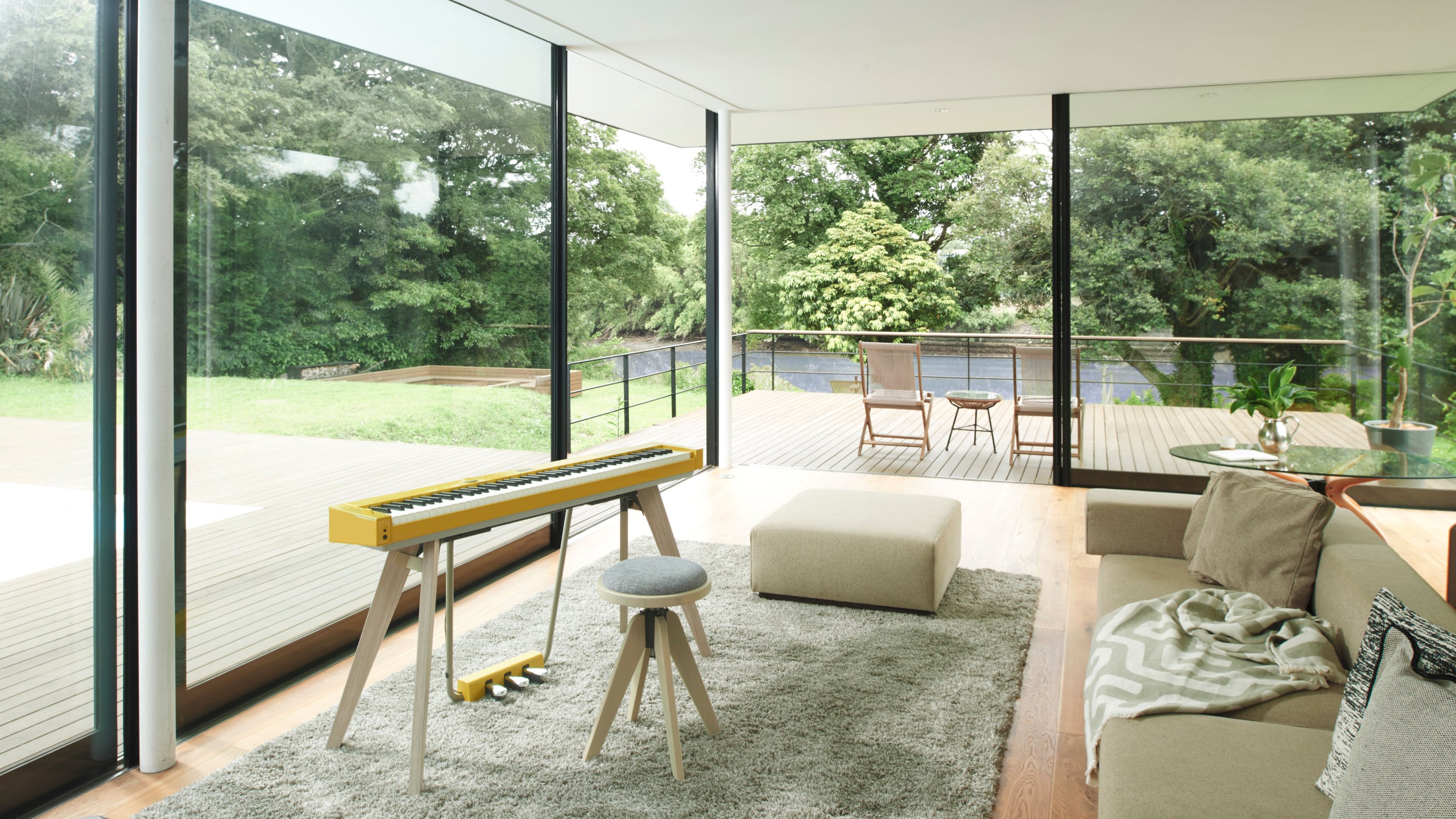 Six new ways of making music, from sonorous start-ups to note-perfect classics
Six new ways of making music, from sonorous start-ups to note-perfect classicsOur music technology round-up showcases six new ways of making music, from a piano designed to blend into the modern home to sophisticated effects units and an all-in-one DJ system